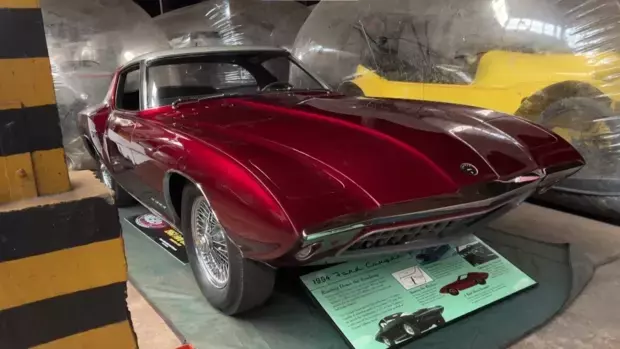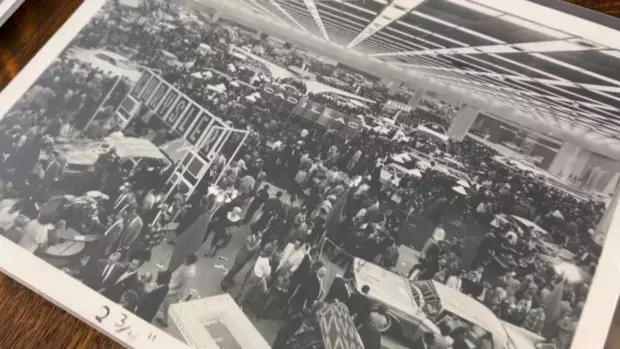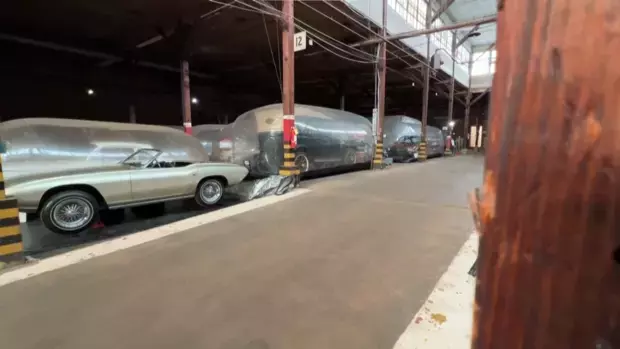The annual Detroit Auto Show has long been a beacon of innovation and progress, captivating audiences worldwide. From its humble beginnings to its current status as an automotive spectacle, this event has played a pivotal role in shaping both Detroit’s economy and the global car industry. Today, it stands as a testament to the city's enduring legacy in automotive history.Experience the Evolution of Automotive Excellence
Detroit’s storied past is intertwined with the rise of the automobile, and nowhere is this more evident than at the Historic Fort Wayne site. Here, the Detroit Historical Society safeguards a treasure trove of vehicles that once graced the stages of early auto shows. Dave Marchioni, the Society's curator of automotive and industrial artifacts, offers a glimpse into the evolution of these exhibitions, highlighting their significance in transforming the city into a hub for automotive innovation.
The Birth of an Industry Icon
In the late 19th century, automobiles were novelties—rare sightings on American roads. A visionary local entrepreneur sought to create an event that would rival Europe’s prestigious auto fairs. This ambition led to the inaugural Detroit Auto Show in 1887, which gradually gained prominence over the decades. By the mid-20th century, the show had moved to Cobo Hall (now Huntington Place), marking a significant milestone in its growth.The transformation from a niche exhibition to a global phenomenon was fueled by the desire to showcase cutting-edge technology under one roof. Manufacturers leveraged this platform to unveil groundbreaking models, attracting visitors from around the world. The spectacle was unparalleled, with dramatic unveilings and elaborate presentations that captivated audiences.
A Museum of Automotive Marvels
The Historic Fort Wayne site houses an extensive collection of 275,000 artifacts, including iconic vintage cars that once starred at the auto shows. Among these treasures are the Ford Cobra and the unique 1963 Mustang II, each telling a story of innovation and design. The Mustang II, in particular, features a distinctive pony emblem on its grille—a nod to the brand’s heritage and a symbol of its evolving identity.Marchioni emphasizes the importance of preserving these vehicles, not just as relics of the past but as symbols of Detroit’s automotive prowess. Each car represents a chapter in the city’s rich history, reminding us of the ingenuity and passion that have driven the industry forward.
Shaping Detroit’s Economic Landscape
The Detroit Auto Show has been instrumental in bolstering the local economy. In its heyday, the event showcased up to 30 new model releases, drawing international attention and generating substantial revenue. The show’s impact extended beyond the automotive sector, influencing various industries and fostering economic growth.Over the years, the show has adapted to changing market trends while maintaining its core mission of promoting innovation. Despite challenges, it continues to be a cornerstone of Detroit’s identity, reflecting the resilience and adaptability of the city’s automotive community.
A Glimpse into the Future
As we look to the future, the Detroit Auto Show remains a vital platform for showcasing advancements in automotive technology. The event has evolved to incorporate emerging trends such as electric vehicles and autonomous driving, positioning Detroit at the forefront of innovation once again.The Historical Society’s efforts to preserve this legacy ensure that future generations can appreciate the significance of these events. Through carefully curated exhibits and behind-the-scenes tours, members gain exclusive access to a world where history and innovation converge.





